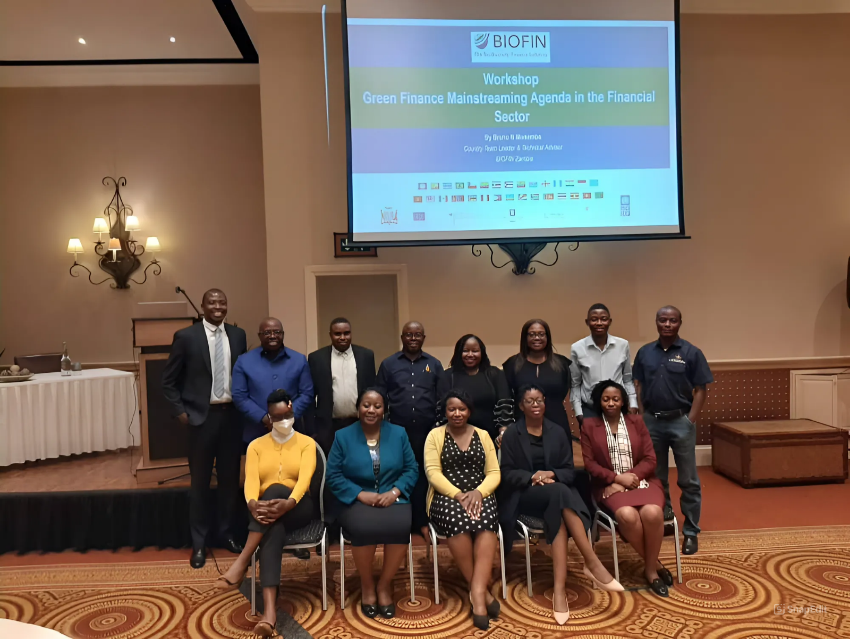Capacity building and technical support for market developers and green bonds issuers
Since 2018, UNDP BIOFIN has organized various capacity building workshops and provided support towards the development of the green bonds market in Zambia, engaging with key financial sector regulators. These activities have been instrumental in the formulation of the Green Bonds Guidelines and Listing Rules, and have also included targeted trainings for the SEC on the review and approval of green bond applications.
As an example, a series of capacity-building sessions to scale up the market for green bond issuances in Zambia was delivered to members of the Working Group and other key stakeholders (e.g., investment brokers, transaction advisors, institutional investors, etc) in July 2025. The sessions covered topics such as the fundamentals of green bonds, the structuring process, and eligibility requirements.
BIOFIN has also provided technical assistance to high-potential green bonds issuers in Zambia. In 2024, a global call was launched to offer tailored guidance for five companies or other prospective issuers. This support includes drafting green bond frameworks, identifying eligible project pipelines, liaising with investment banks, and engaging second-party opinion providers for certification. It also provides advisory services on aligning bonds with international standards, impact reporting, and market positioning.
Enabling factors include the availability of experts to deliver workshops and provide ongoing assistance, adequate funding to cover activities and logistics, the willingness of government and regulators to develop a green bond market, and the active participation of financial regulators.
During the capacity building and technical support activities, it was observed that financial agents often misunderstood the principles of project finance, which differs from more typical corporate finance transactions in its composition of guarantees and risk scenarios. The benefits of green bonds, compared to conventional government bonds, were also not immediately clear to all participants. This highlights the importance of ensuring that capacity-building efforts (1) explain in detail the distinct characteristics of project finance, (2) are complemented by a broad awareness-raising campaign, and (3) also focus on transferring knowledge on environmental sustainability and associated standards to meet investors’ expectations.
